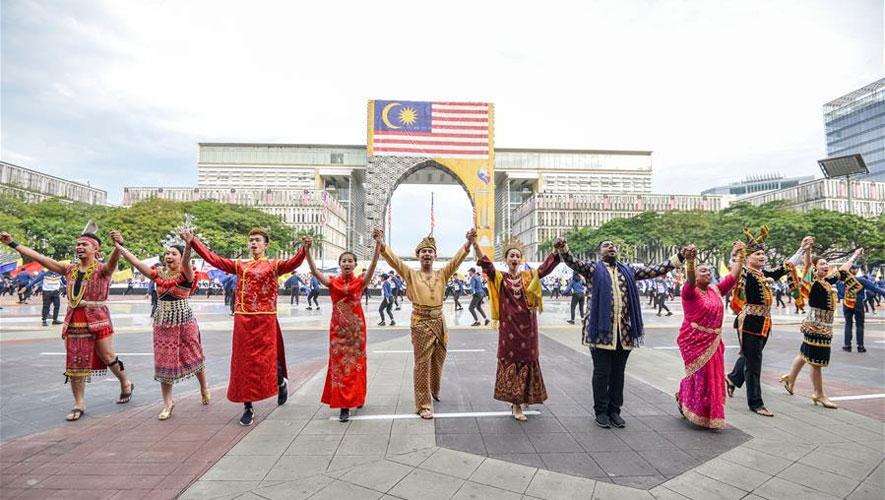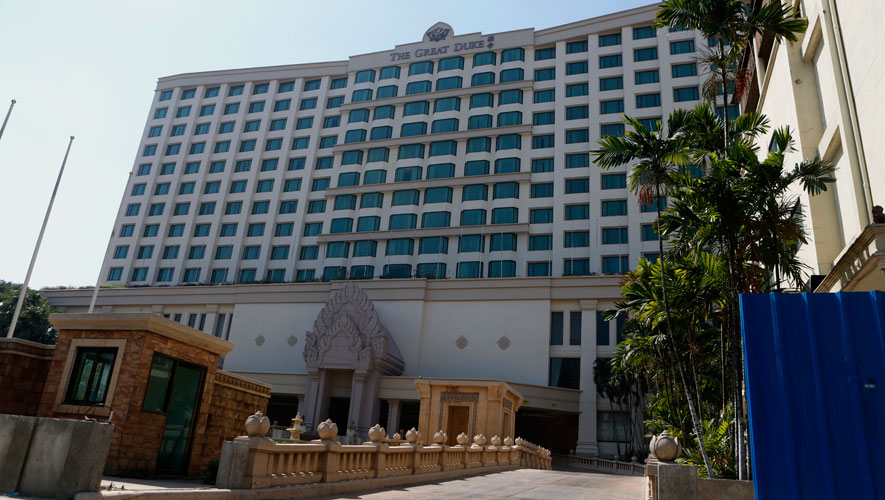The emergence of medical tourism in Southeast Asia has been rapidly rising.
For the latest Cambodian Business news, visit Khmer Times Business
Countries such as Singapore and Thailand come first to mind for many who seek medical treatment abroad.
Another country in the region that is working hard towards establishing itself as a preferred hub for healthcare services is Vietnam. It was reported that the country’s medical sector is growing by 18 to 20 percent every year.
With more and more countries in the region working towards establishing themselves as a hub, Malaysia is also on track to become one and hopes to attract more patients from the Kingdom.
The Malaysia Healthcare Travel Council (MHTC) , a group under the purview of the Ministry of Finance of Malaysia, is tasked with the mandate to promote and facilitate the healthcare travel industry of Malaysia, hoping to attract more Cambodians to the Malaysian shore for treatments.
“We have seen a growing and encouraging number of Cambodian healthcare travellers to Malaysia’s shores,” says Chief Executive Officer Sherene Azli says.
Although Cambodia is a relatively new market for the council despite having two offices in Myanmar and Vietnam, the Kingdom ranks among the top 15 country of arrivals to Malaysia for healthcare travel, according to the MHTC.
On a recent trip to the Kingdom, representatives of the MHTC have been in talks to encourage more medical tourists to consider Malaysia as their next medical spot.
Malaysian states such as Penang, Malacca, Sabah and Sarawak, along with the capital, Kuala Lumpur, have been recording rising demands for healthcare from international patients. According to the council, Indonesian patients mainly go to Penang and Malacca while Sabah and Sarawak have been the focus for Chinese patients.
Boosting the sector
In a recent report by Nikkei Asian Review, Malaysia has shortlisted several of its healthcare facilities under a medical tourism hospital programme in order to draw more foreigners to the country’s highly–lucrative health care services.
The report also quotes Malaysia Finance Minister Lim Guan Eng, who says his ministry is looking into acknowledging qualified Malaysian private hospitals that are in the midst of establishing themselves as flagship hospitals for healthcare travel.
MHTC’s Malaysia Year of Healthcare Travel 2020 aims to invite more international patients to the country and will focus on exemplifying physical and mental wellness through medical and wellness service offerings.

Chief Executive Officer
Malaysia Healthcare Travel Council
The number of healthcare travellers to Malaysia has been increasing steadily every year with data provided by the council showing that numbers of healthcare travellers in 2018 have exceeded more than 1.2 million, an increase compared with 2017, when the number stood at 1.05 million,
Hospital revenue not including dental, wellness and clinics also increased to MYR 1.5 billion ($357 million) in 2018 with a potential of MYR 5 billion ($1.2 billion)
In comparison with 2017, the sector raked in MYR 1.3 billion ($309 million). MHTC’s chief executive officer says the healthcare travel industry aims to achieve a 25 percent growth in 2019, earning MYR 1.8 billion ($428 million) in hospital revenue with an estimated total economic impact of MYR 6 billion ($1.4 billion).
Furthermore, the Malaysian government also offers incentives to help expand its medical tourism sector. For instance, there is an extension of the investment tax allowance (ITA) of 100 percent for medical tourism until December 31, 2020.
There are also double tax deductions on expenses incurred in obtaining certification from healthcare services accreditation bodies for dental and ambulatory services that are registered with MHTC.
Challenges lie ahead
The special tourism healthcare incentive has been increased from 50 percent to 100 percent of the incremental value of exports, for private healthcare services beginning year of assessment 2018 to 2020.
While the Council is aggressive in promoting the country as a preferred spot, it is not without obstacles.
“Malaysia has faced challenges in visibility around the Asean region, because many are unaware of the nation’s healthcare service offerings,” says Azli, pointing out that challenges remain in building and maintaining brand as well as visibility momentum because of industry-wide budget setbacks.
Furthermore, with the addition of regional competition amid the fast rise of medical tourism in the region and the fortification of focused markets’ healthcare systems prove to be an existing challenge for the medical sector in Malaysia.
Azli however believes that this in turn pushes Malaysia’s private healthcare sector to constantly improve their facilities and equip them with cutting-edge medical technology.
The MHTC also notes that promotional activities are highly regulated by the Ministry of Health Malaysia. For instance , patient’s testimonials are not allowed hence the country’s healthcare sector has to heavily rely on the quality of the results of the country’s healthcare to garner the trust of healthcare travellers in their private healthcare.
Rapid transformation of healthcare travellers demands, which require fast, personal and effective responses such as facilitating patient enquiries, had the industry opting to provide a seamless experience for healthcare travellers, aiding them from the point of inquiry in their home country to their arrival and successful treatment, as well as their return home.
“Concierge and Lounge service at Kuala Lumpur International Airport (KLIA) , Kuala Lumpur International Airport 2 (KLIA 2) and Penang International Airport [PIA] facilitate healthcare travellers,” says Azli.
The Malaysia Finance Ministry has also been meeting private hospital representatives in the Penang state in order to discuss plans about medical tourism. He hopes for private hospitals to reduce costs in order to increase the volume of foreign patients, particularly when it comes to facing intense competition from neighbouring countries.
“Although regional players have had a 20-year head start, Malaysia has done well in terms of playing catchup,” says Azli. She also adds that rising healthcare costs in neighbouring countries have also helped to strengthened Malaysia’s position as a healthcare travel destination with state-of-the-art facilities but with more affordable prices.
In comparison with the cost of treatment to region, the MHTC states that medical services in Malaysia are still considered to be affordable compared with the US. Patients save up to 60 percent to 80 percent in costs.
Patients Beyond Borders states that healthcare travel coverage in Malaysia is wide and comprehensive, hence foreign patients tend to flock to Malaysia for a number of reasons including impeccable quality as well as accessibility and affordability.




